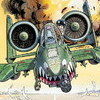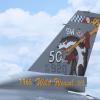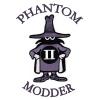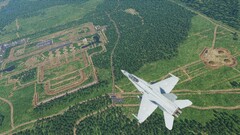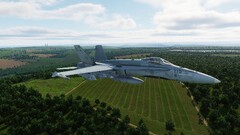- 0 replies
- 1,067 views
- Add Reply
- 0 replies
- 1,005 views
- Add Reply
- 4 replies
- 1,360 views
- Add Reply
- 0 replies
- 1,131 views
- Add Reply
- 0 replies
- 1,259 views
- Add Reply
- 31 replies
- 9,774 views
- Add Reply
Sberbank to Finance SU-35 Fighter Production

By Erik,
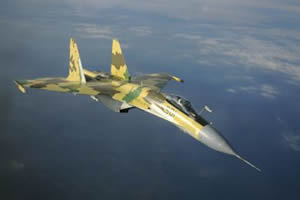

Sberbank to Finance SU-35 Fighter Production
Air Force News — By Sukhoi on September 21, 2010 at 4:56 am
MOSCOW: The Komsomolsk-na-Amure-based Yuri Gagarin Aviation Industrial Concern (KnAAPO), incorporated by the Sukhoi Holding Company, and Sberbank (the Savings Bank of Russia) concluded today a general agreement to build the Su-35S multi-role fighter. The document was signed by Alexander Pekarsh, KnAAPO director general, and Olga Bukhankova, head of the Savings Bank central divisio
F-15 engine tested on tri-fuel blend

By Erik,
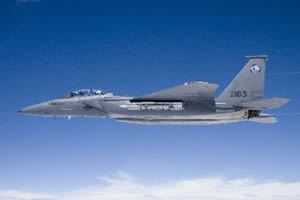

F-15 engine tested on tri-fuel blend
Air Force News — By Air Force News Agency on September 21, 2010 at 8:26 am
ARNOLD AIR FORCE BASE, Tenn.: Continuing the march toward certifying the entire Air Force fleet on alternative fuels, an F-15 Eagle engine is undergoing performance testing here using a unique blend of three different fuel types.
The F100 engine is being tested with a combination of JP-8 conventional aviation fuel; a biofuel derived from tallow, which is an anima
Facebook Contest

By Erik,
Have you added CombatACE to your Facebook?
We're giving away a file subscription each week to a random person signed up to our Facebook page.
If you haven't already done so, add us.
<a href="http://www.facebook.com/pages/CombatACE/108447789190660" target="_TOP" title="CombatACE"><img src="http://badge.facebook.com/badge/108447789190660.756.2093546578.png" width="120" height="174" style="border: 0px;" /></a>
Winners announced Saturday mornings.
Russia's Mission Control set to readjust ISS orbit

By Erik,
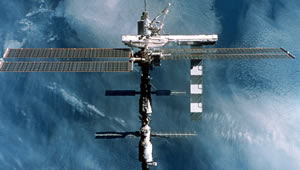

Russia's Mission Control set to readjust ISS orbit
The thrusters will be turned on for 526 seconds and move the ISS to a new orbit at a distance of 356 km (221 miles) from Earth.
RIA Novosti
The orbit of the International Space Station (ISS) will be raised on Wednesday by about 2 kilometers (1.2 miles), Russia's Mission Control official said.
"The aim of this operation is to ensure optimal conditions for the return of [three] astronauts [to Earth] on board the Soyuz TMA-18 sp
Indonesia confirms plans to buy six more Su fighters from Russia

By Erik,
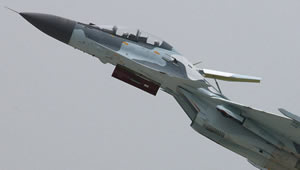

Indonesia confirms plans to buy six more Su fighters from Russia
RIA Novosti -- by Maya Mashatina -- 07:57 17/09/2010
Indonesia's Air Force chief of staff Marshal Imam Sufaat said on Friday his country planned to buy six more Sukhoi fighter jets from Russia, the Jakarta Post reported. He said the purchase would be on the Defense Ministry's long-term agenda, but was not sure when the plan would be implemented.
"The existing squadron of Sukhois remains insufficient to give a deterr
Fruit picker jailed for shining laser pen into RAF fighter pilot's eyes

By Erik,


Fruit picker jailed for shining laser pen into RAF fighter pilot's eyes
RAF Leuchars Tornado jet was flying over Fife when the migrant worker directed the laser at the cockpit.
STV - 16 September 2010 12:52 GMT
A Romanian fruit picker who admitted endangering an RAF fighter jet by shining a laser into the pilot's eyes was jailed for four months.
The RAF Leuchars Tornado jet was flying low over Fife when the migrant worker shined a green laser beam into the cockpit.
On one occ




